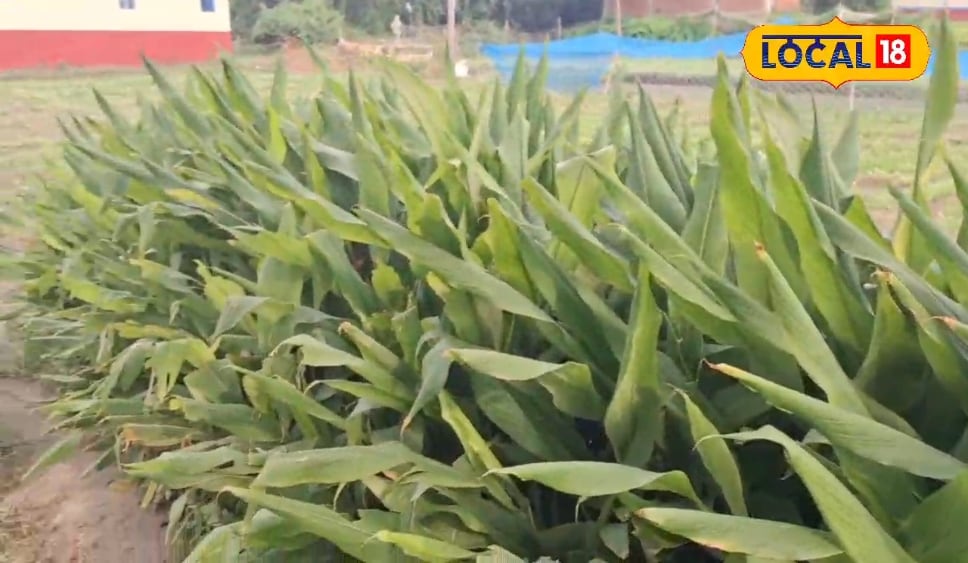Walking between turmeric plants in the morning in Uttarauli village of Ghazipur is full of joy. Green plants of turmeric are blooming in small and big gardens at every house. Villagers not only use it in their home food, but also make good profits from small businesses. Itching of turmeric leaves, its aroma and natural color not only attracts villagers, but it is also used as medicinal and cosmetics.
Agricultural science researcher Shubham Kumar Tiwari says that turmeric is a major spice of Indian kitchen, which is also famous for its medicinal properties. Its main active compound is curcumin, which is rich in strong antioxidants and anti-inflammatory properties. Turmeric has many important nutrients including manganese, iron, vitamin B6, potassium, magnesium, zinc, and vitamin C. Turmeric has also found properties such as anti -cancer, diabetes controller, heart health reformers and brain nerve safety. The use of turmeric is common in milk, tea, vegetables, lentils or home remedies. In Ayurveda, turmeric is considered a natural antibiotic. Some people also take supplements of turmeric, but excess intake can cause digestive problems, so use in balanced quantity.
To apply turmeric at home, first of all choose a good quality turmeric dried tuber (tuber). Balui loam soil is best suited for turmeric, in which drainage is good. April to June is considered best for sowing. Plow the field well and add sufficient amount of cow dung and appropriate fertilizer to it. Line from the sowing line of turmeric about 30-40 cm and plant 20 cm from the plant. The tuber should be sown in 4-5 cm depth. The turmeric crop likes shady, hot and damp climate and does not require much water, but irrigation is necessary before and during the development.




